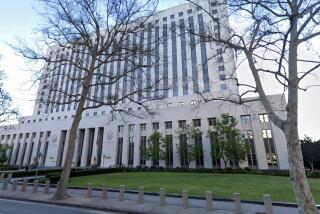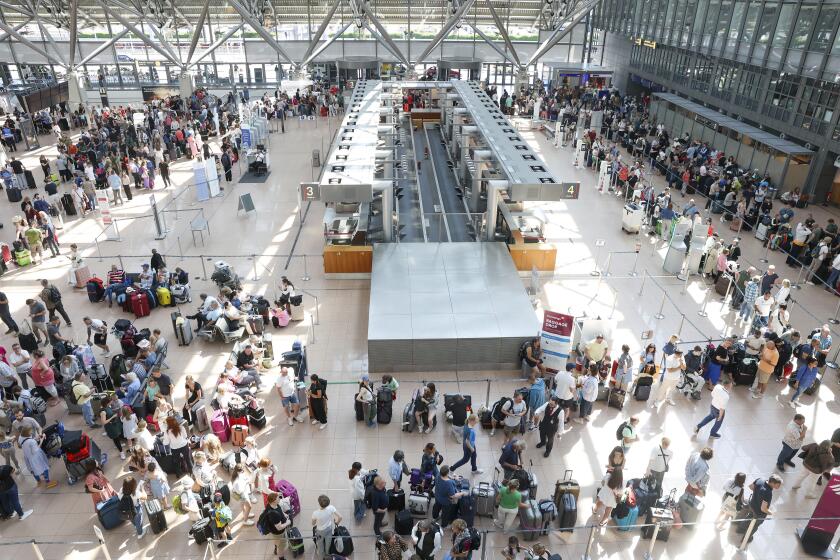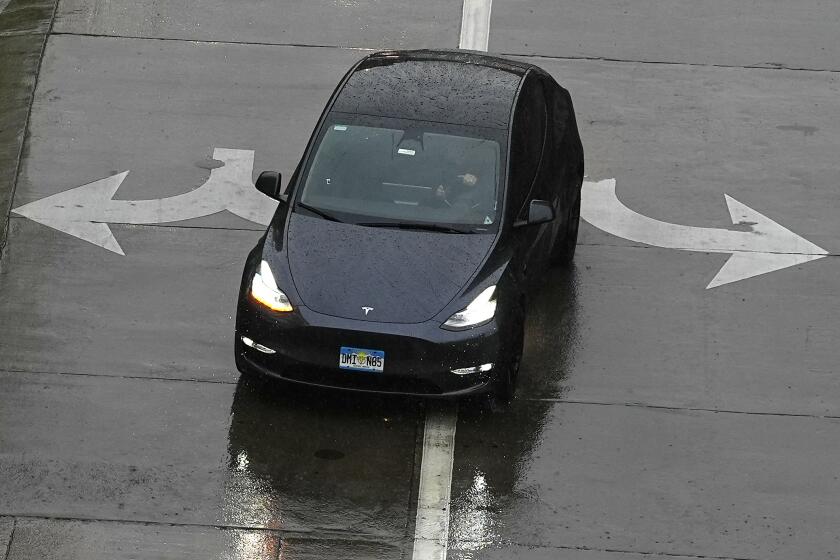Motorists Always Know How Fast They Should Go
* Re “Speed Limits on Rise in Santa Ana” (Sept. 12):
You unfairly criticized speed limits and the traffic engineers who are trained to set them.
Many studies have been done, such as the major 1992 Federal Highway Administration study on speed limits and their effects on speeds and safety, which show that the vast majority of motorists drive at speeds that are safe and reasonable.
Motorists tend to disregard speed limits that are unreasonably low. This study proved that when speed limits are set at the 85th percentile, the occurrence of accidents will decrease.
Increasing speed limits to reflect the 85th percentile will improve safety and transfer drivers from the category of violators to the category of law-abiding citizens.
You tried to use the 85th percentile standard for setting speed limits as a scapegoat for an increase in accidents, reasoning that when speed limits were raised, there later followed an increase in accidents.
The part that is puzzling is that the article admits that speed limits are set according to existing speeds, meaning motorists were already driving these speeds before the limits were changed.
In other words, nothing has changed other than the paint on the signs. So how can the new speed limits be responsible for more accidents?
It was noted in the article that crossing the street is a major problem. Pedestrians must walk a quarter-mile to use a signal. This appears to be a design and infrastructure problem that will not be solved by posting inappropriate and ineffective speed limits.
ERIC SKRUM
Communications director
National Motorists Assn.
Waunakee, Wis.
* Your article does little to address the real issues in pedestrian fatalities.
The tone of the report seems to betray an annoying bias. It’s as if you are implying that the traffic engineers or state policy are at fault.
In apparent support of that viewpoint is a “slow is safe” message from the Insurance Institute for Highway Safety, an insurance industry mouthpiece which has traditionally opposed increased speed limits.
You give little background on the validity of the “85th percentile” approach, which has proved over a period of decades to be the best method to maximize both traffic safety and speed limit compliance.
It’s wishful thinking to conclude that lowering the speed limit will magically reduce accidents. In fact, there is a great deal of evidence to the contrary.
Federal government statistics show quite clearly that artificially low speed limits do nothing to contribute to safety. The main effect of unreasonably low speed limits is to create a class of scofflaws.
RICHARD BOYER
San Clemente
More to Read
Sign up for Essential California
The most important California stories and recommendations in your inbox every morning.
You may occasionally receive promotional content from the Los Angeles Times.






